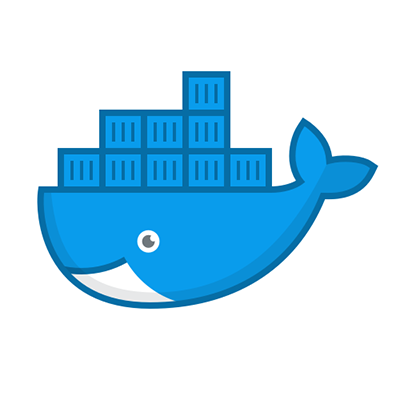TL;DR Useful docker commands to have in your arsenal.

So far we’ve seen the basic functionality of Docker, had a detailed look on Dockerfiles, and common commands used to manage/view/build/share containers and images.
In this post, I am going to try to gather some other useful Docker commands that will make our life easier operating dockerized systems.
Usefull Docker Commands
In the previous 2 parts, we ’ve already seen:
docker run
docker ps & docker ps -a
docker stop
docker start
docker logs
docker help
docker login
docker rm
docker build
docker images
docker push
So I’ll move forward to other more sneaky commands.
If you want to check how the previous Docker commands can be used in action check my 2 previous posts Intro to Docker and deep dive on Dockerfiles.
docker –version
Quite self-explanatory, shows the currently installed version.
docker rmi
Used to delete docker images. More or less similar to docker rm but for images instead of containers.
docker exec
This command is used to execute a command on a running container. The most common use case is to access a running container to debug something.
docker exec -it <cotnainer_id> bash
docker inspect
Used to get detailed low-level information on Docker objects like containers and images. If you are looking for details like Ip addresses, volumes, stuff around networking, image layers, etc this should be your first place to look.
docker restart
Quite self-explanatory, restarts a docker container.
docker system prune
Used for housekeeping and cleaning in order to remove all unused containers, networks, and images, combine with --volumes to clean volumes too.
docker top
Display the running processes of a container.
docker volume
Manage volumes by combining with the subcommands create , inspect ls prune, rm.
docker stats
Get a live stream of resource usage of your running containers. Quite useful for debugging purposes as it shows info about CPU, Mem, Net I/O, Block I/O , Pids.
docker network
Manage docker networking by combining with the subcommands create , connect, disconnect, inspect, ls, prune, rm.
Check the next part regarding Docker Storage here